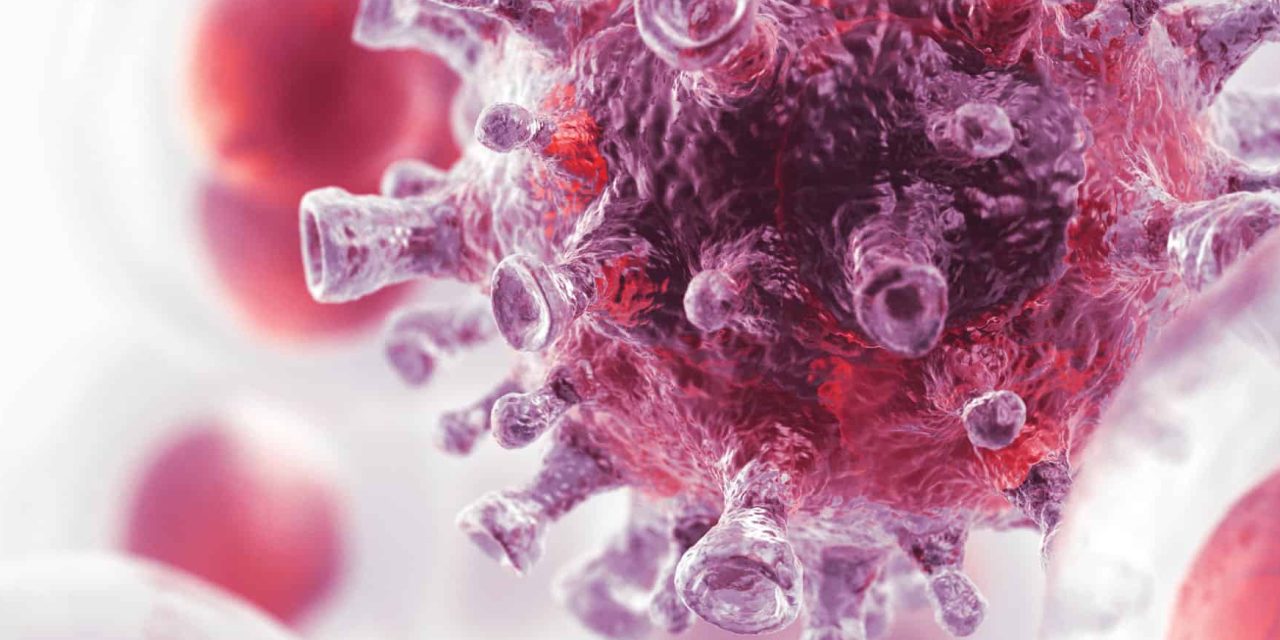Rabies is a fatal zoonotic and neglected tropical disease caused by the rabies virus (RABV) and is associated with neuronal dysfunction and death, with dogs as the predominant carrier. The Philippines plans to eradicate rabies by 2022, but this is challenged with sub-optimal coverage of vaccination programs coupled with sustained transmission chains, making it unable to eradicate the disease. We investigated the dynamics of canine rabies in the highly urbanized Davao City of the Philippines and its neighboring localities by assessing genetic relationships, transmission patterns, selection pressure, and recombination events using the whole genome sequence of 49 RABV cases from June 2018 to May 2019, majority of which (46%) were from the district of Talomo, Davao City. Although phylogeographic clustering was observed, local variants also exhibited genetic sub-lineages. Phylogenetic and spatial transmission analysis provided evidence for intra- and inter-city transmission predominantly through the Talomo district of Davao City. Around 84% of the cases were owned dogs, but the genetic similiarity of RABVs from stray and owned dogs further alluded to the role of the former as transmission vectors. The high rate of improper vaccination among the affected dogs (80%) was also a likely contributor to transmission. The RABV population under investigation is generally under strong purifying selection with no evidence of vaccine evasion due to the genetic homogeneity of viruses from vaccinated and improperly vaccinated dogs. However, some homologous recombination (HR) events were identified along the G and L genes, also predominantly associated with viruses from Talomo. The complementary findings on epidemiology, transmission, and recombination for Talomo suggest that high incidence areas can be seeds for virus dispersal and evolution. We recommend further investigations on the possibility of HR in future large-scale genome studies. Finally, districts associated with these phenomena can be targeted for evidence-based local strategies that can help break RABV transmission chains and prevent emergence of novel strains in Davao City.Copyright © 2021. Published by Elsevier B.V.
Genome-based local dynamics of canine rabies virus epidemiology, transmission, and evolution in Davao City, Philippines, 2018-2019.


